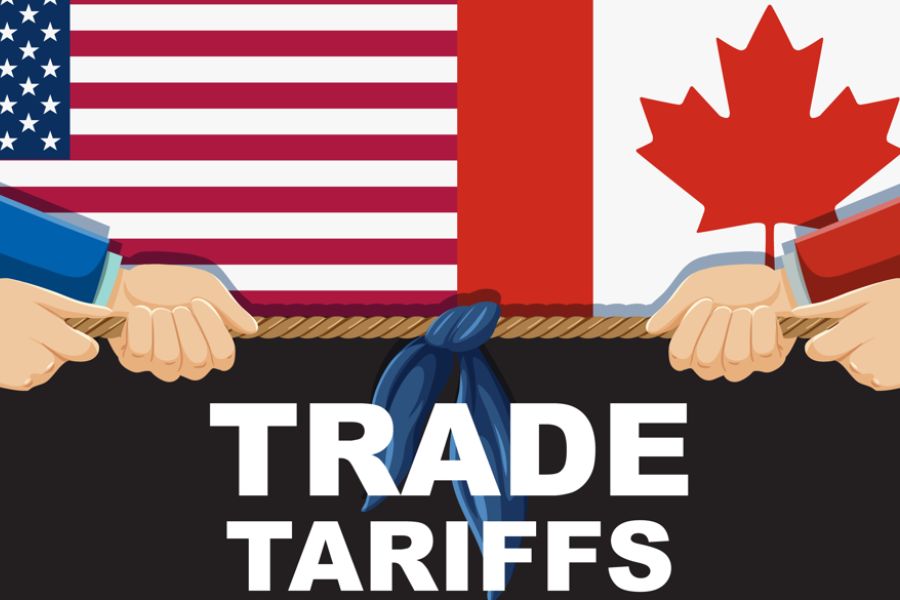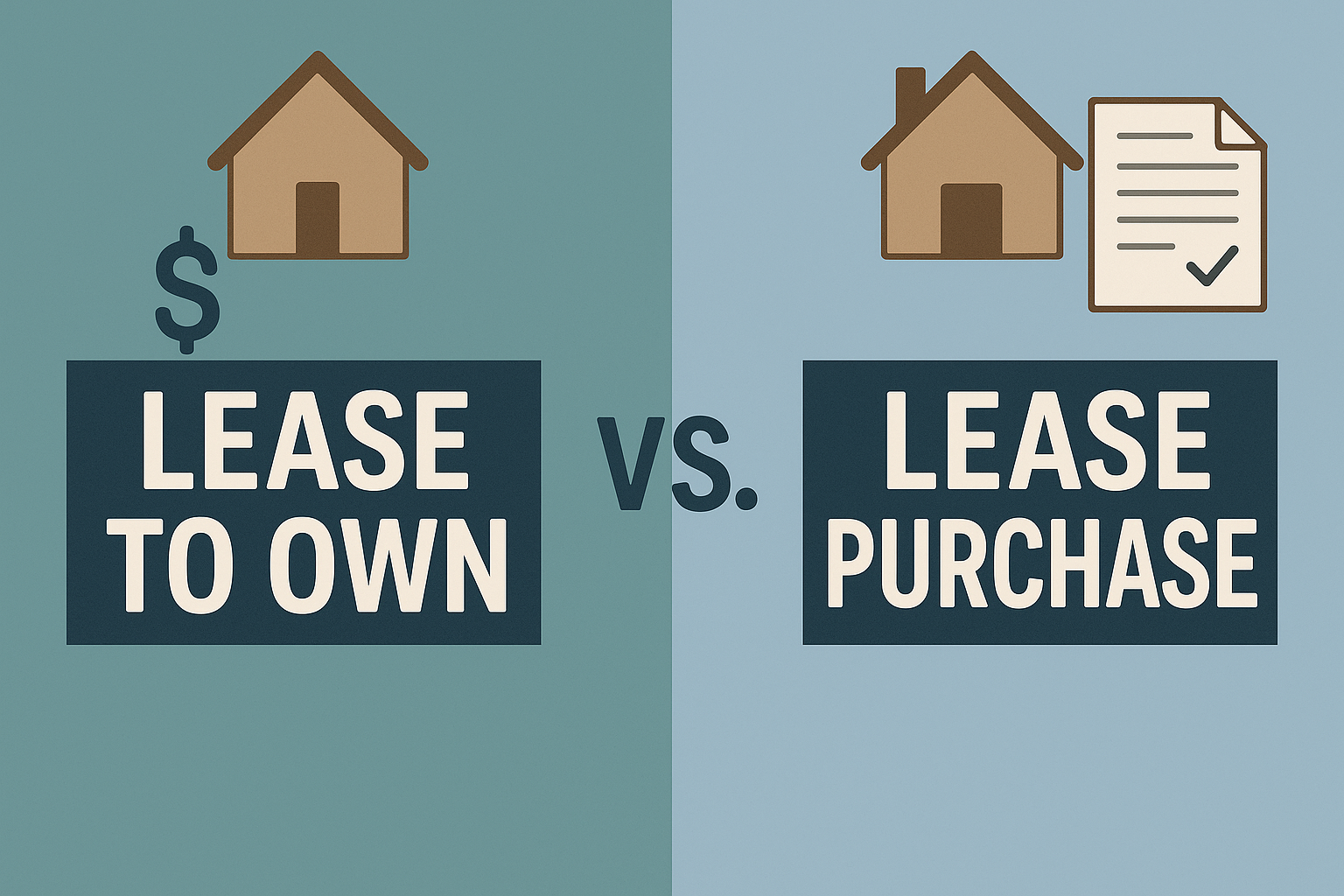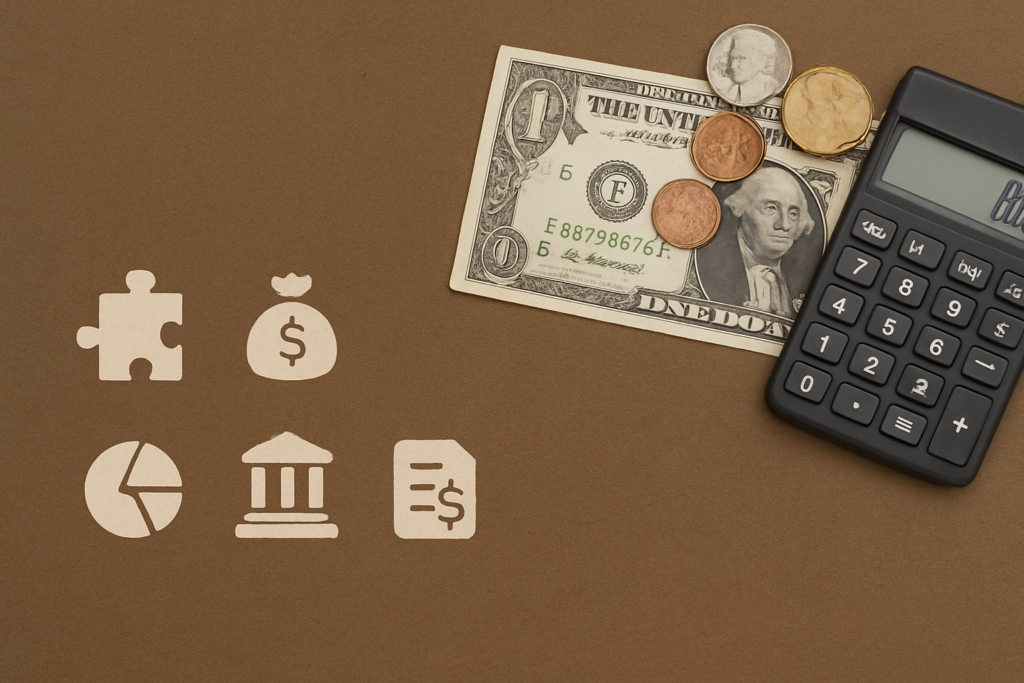New Tariffs Add Pressure to Canadian Equipment Buyers — Financing Options Step Into the Spotlight

Surrey, BC – U.S. trade actions have once again added turbulence to an already strained North American equipment market. As of August 1st, the U.S. administration has increased tariffs on select Canadian imports from 25% to 35%, with additional penalties of up to 40% on goods flagged as transshipped to circumvent duties. The decision, announced by executive order, has wide implications for Canadian businesses relying on cross-border sourcing of trucks, trailers, heavy equipment, and industrial components.
This latest move follows months of trade friction, with prior measures already affecting steel, aluminum, and auto-related exports. While Canadian officials have signaled their intent to seek exemptions through USMCA mechanisms, short-term relief is unlikely. In the meantime, Canadian businesses are being forced to reassess equipment procurement strategies and cash flow planning.
Impact on BC-Based Buyers
The brunt of the new tariffs is being felt across logistics, construction, manufacturing, and port-based operations. Many rely on U.S.-manufactured equipment or Canadian suppliers who import components from American OEMs. The sudden cost increase has thrown off existing budgets, delayed deliveries, and introduced additional compliance complexities.
“This isn’t just about price — it’s about uncertainty,” said a regional equipment dealer based in Vancouver. “Customers aren’t sure if their equipment will be delayed, how much more it will cost, or whether their financing will still be approved on the new terms.”
Those concerns are playing out in the data. According to Statistics Canada, the country recorded a C$5.9 billion trade deficit in June 2025, its second-largest on record. Exports to the U.S. fell sharply that month, while imports — especially of industrial equipment — surged as businesses rushed to make purchases ahead of the tariff increase.
Equipment Finance Becomes a Critical Tool
In this new landscape, financing has taken on a greater strategic role — not just to acquire equipment, but to manage risk. Industry analysts note that businesses are increasingly turning to financing providers who can structure payments around tariff impact and provide faster decision-making.
One such player is Blue Capital Equipment Finance & Leasing, based in Surrey, BC. The firm offers flexible leasing and financing solutions tailored for transportation and industrial clients — and says it has seen a sharp uptick in demand since the tariff announcements.
“We’re getting calls daily from clients whose equipment costs have jumped 20–30% overnight,” said a spokesperson for Blue Capital. “They’re trying to adapt without halting operations, and that’s where customized financing can play a big role.”
Tailored Financing to Offset Tariff Strain
Blue Capital's model is built around speed, flexibility, and access — key factors at a time when capital costs are rising. The company offers:
- Same-day approvals to allow buyers to lock in pricing and delivery windows before additional cost fluctuations
- Lease-to-own plans that help spread increased equipment costs over time rather than absorbing them upfront
- No or low down payment options to preserve working capital during an inflationary cycle
- Tariff-conscious payment structuring, where monthly payments are aligned with project cash flows or equipment ROI
This approach is particularly valuable for small-to-midsize businesses without internal treasury teams or global procurement divisions.
“The bigger players can weather a 35% swing — but the mid-sized operator buying a chassis or excavator? That’s a huge capital hit,” said an industry consultant based in Alberta. “Smart financing buys them time and breathing room.”
Industry-Wide Implications
Major OEMs have already revised earnings forecasts. Caterpillar Inc. announced during its Q2 earnings that it expects a $1.3–$1.5 billion full-year impact from U.S. tariffs, with Q3 alone seeing up to $500 million in margin compression due to increased duties. Smaller Canadian importers have less room to maneuver and are more likely to seek leasing as a buffer.
Meanwhile, ongoing U.S.-Canada trade talks offer little short-term certainty. According to Reuters, Canadian trade officials have acknowledged that any exemption negotiations may take “weeks or months,” leaving businesses to fend for themselves in the interim.
Looking Ahead
For now, the tariff environment remains volatile. Currency fluctuations, changing supply chains, and shifting import classifications mean that Canadian equipment buyers must remain adaptable — and financially prepared.
In this environment, providers like Blue Capital are positioning themselves not just as lenders, but as strategic partners in managing capital risk. While financing cannot eliminate tariff-related costs, it can help Canadian businesses maintain momentum and stability during what is shaping up to be a prolonged period of cross-border disruption.
Sources
- Associated Press (August 1, 2025) – "Trump Orders 35% Tariff on Canadian Goods Citing Trade Imbalance"
Report detailing the executive order increasing tariffs on Canadian imports to 35%, with penalties up to 40% for transshipped goods. - Reuters (August 5, 2025) – "Caterpillar Warns of Up to $1.5 Billion Tariff Hit as Profit Misses Expectations"
Coverage of Caterpillar’s Q2 earnings report outlining tariff-related revenue impact and market-wide implications. - Reuters (August 5, 2025) – "Canada’s Trade Deficit Widened to C$5.9 Billion in June"
Official trade data highlighting reduced exports to the U.S. and increased equipment imports ahead of tariff enforcement. - Equipment Finance News (July 31, 2025) – "Heavy Machinery Prices Rise as Tariff Concerns Persist"
Analysis of pricing volatility in the equipment sector tied to new trade measures and financing challenges. - Doane Grant Thornton (August 2025) – "How New Tariffs Could Affect Canadian Businesses"
Professional advisory insight into the financial and operational risks posed by increased cross-border tariffs.


